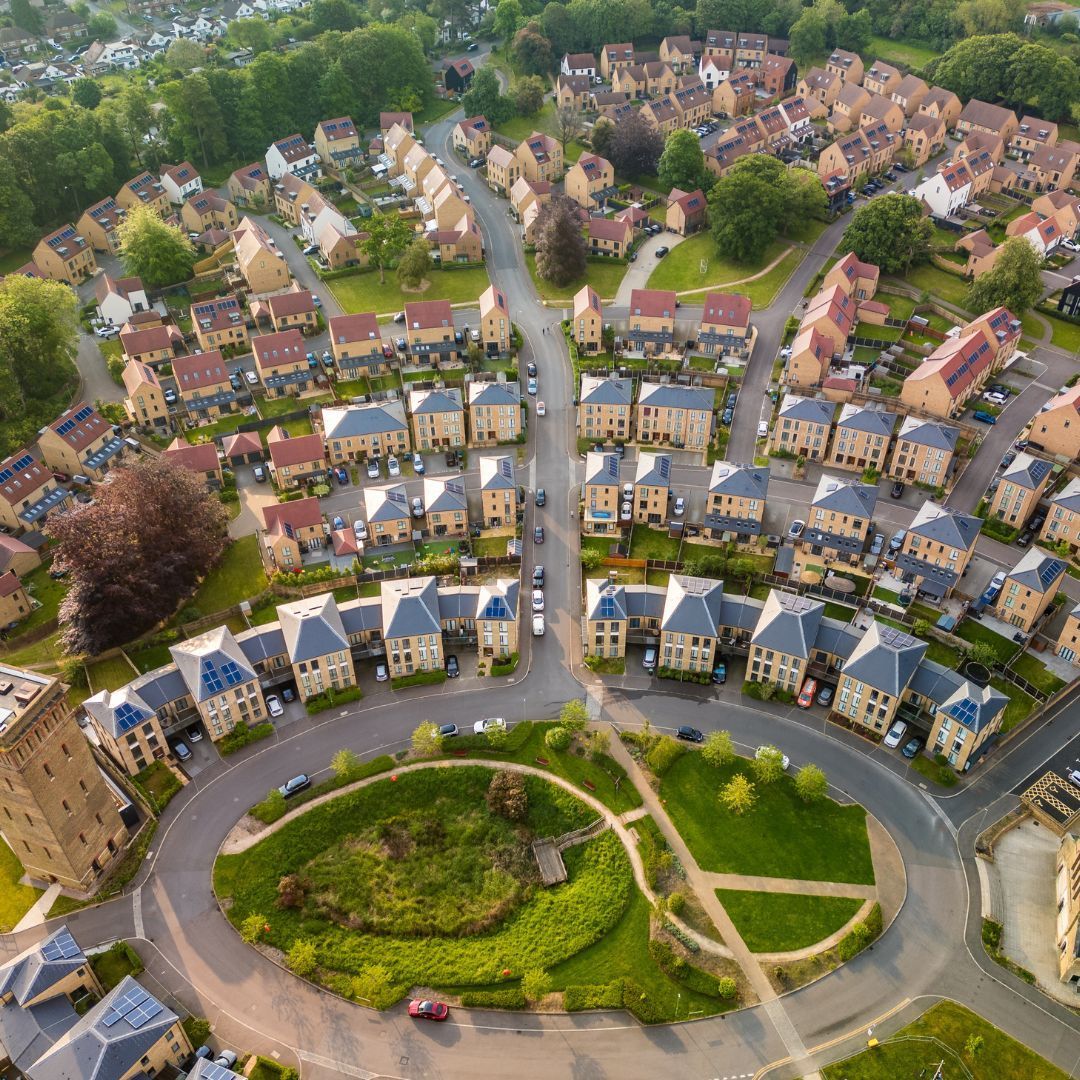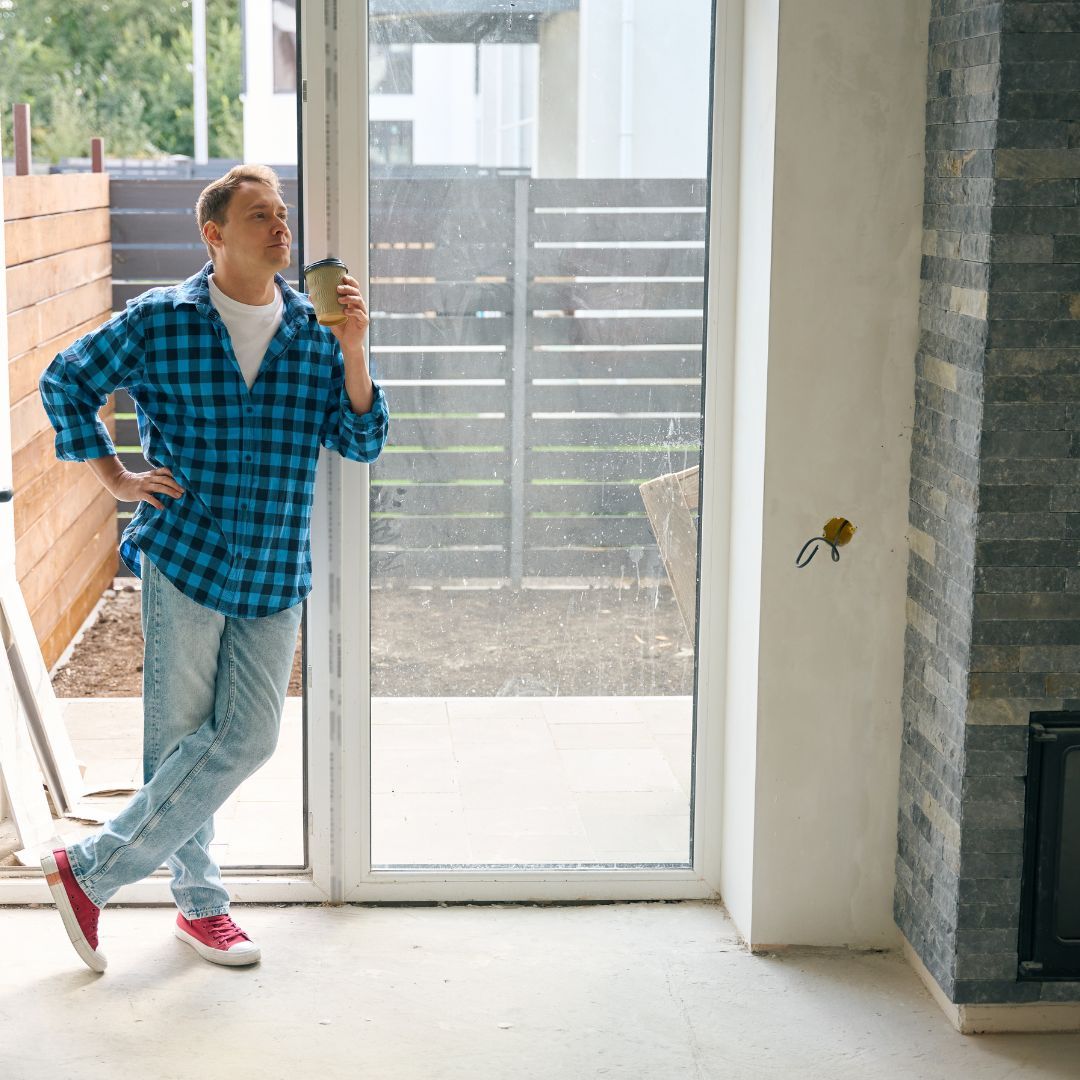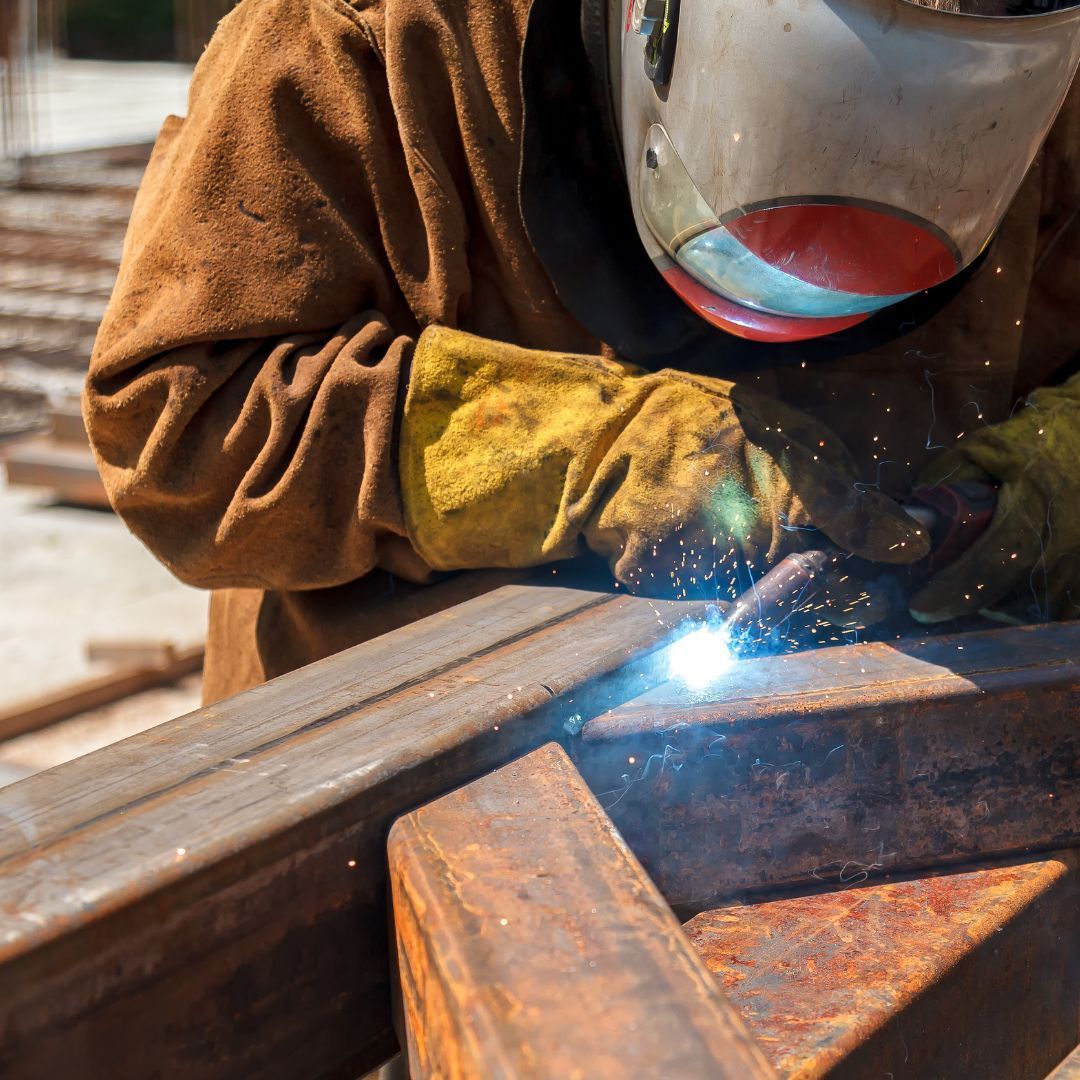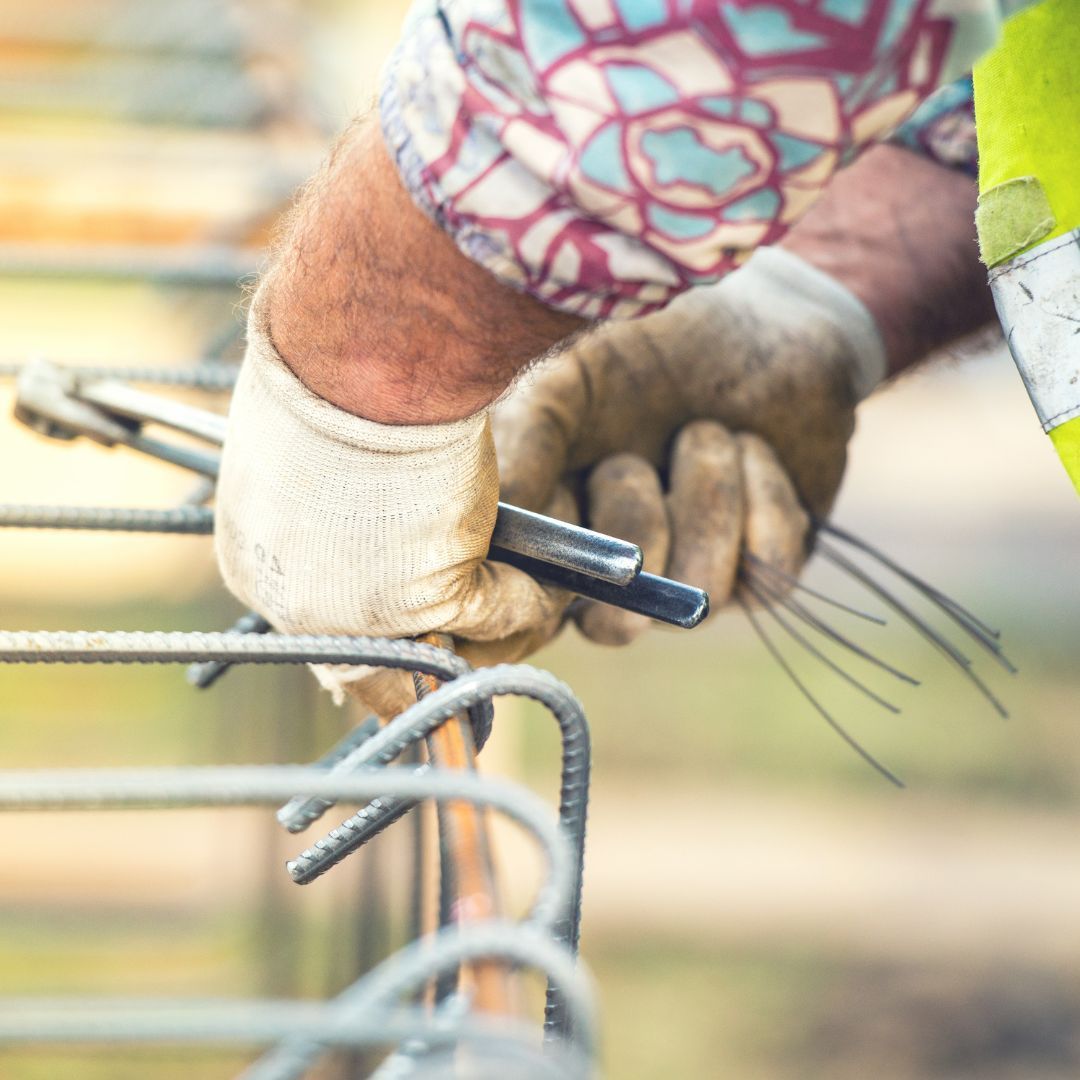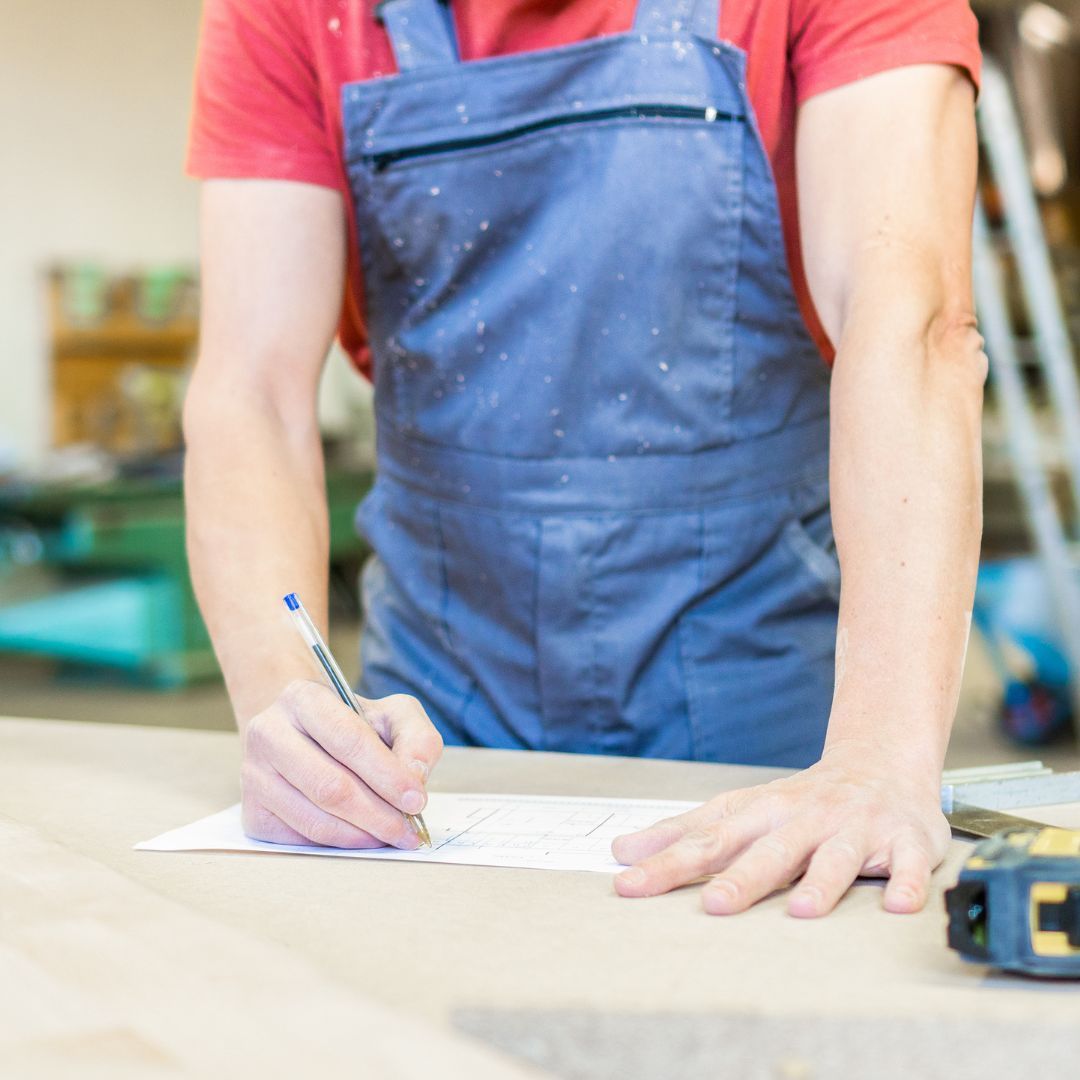From Wreck to Riches: How to Protect Your Profits in a Property Flip
See How We're Different
or call us: 888-412-7630

By: Vernon Williams | Commercial Agency Advisor & Principal
888-412-7630 | vwilliams@thebrightonfinancial.com
The dream of a successful property flip is a powerful one: buying a rundown house, transforming it with a fresh coat of paint and some strategic renovations, and then selling it for a handsome profit. While this dream is achievable, it's also fraught with risks that can quickly turn a potential windfall into a financial headache. The key to success isn't just finding a great deal; it's about diligently protecting your profits at every stage of the process.
Here's your guide to safeguarding your investment and ensuring your property flip is a success.
1. Master the Numbers: The 70% Rule
Before you even make an offer, you need a rock-solid financial plan. The cornerstone of this plan is the "70% Rule." This simple but powerful formula helps you determine the maximum price you should pay for a property. The rule states that you should never pay more than 70% of the property's After-Repair Value (ARV), minus the estimated cost of renovations.
The ARV is what the house will be worth after all your improvements are complete. For example, if you estimate the ARV of a renovated house to be $400,000 and your renovations will cost $50,000, your maximum purchase price should be:
(0.70×400,000)−50,000=$230,000
This formula builds in a buffer for holding costs, unexpected expenses, and, most importantly, your profit margin.
2. Do Your Due Diligence (and then do it again)
Never skip the due diligence phase. This is where you uncover all the potential profit-eaters lurking beneath the surface.
- Market Analysis: Before you even look at a house, research the local market. What are similar, renovated homes selling for? What is the average time on market? Is the neighborhood on the rise or in decline? Look for strong economic indicators, population growth, and proximity to amenities like schools and parks. This research informs your ARV and helps you avoid buying in a stagnating market.
- Inspections: Don't rely on your own untrained eye. A professional inspection is non-negotiable. Hire a licensed inspector to check for foundational issues, electrical problems, plumbing disasters, and other costly repairs that could derail your budget.
- Permits and Regulations: Before you start swinging a hammer, check with your local municipality. Many structural, electrical, and plumbing changes require permits. Failing to get the proper approvals can lead to expensive fines, project delays, or even being forced to undo the work.
3. Budget for Everything (and then add a contingency)
A successful flip requires meticulous budgeting. Beyond the purchase price and renovation costs, you must account for all the "hidden" expenses that can quickly eat into your profits.
- Holding Costs: These are the expenses you incur while you own the property. They include mortgage payments, property taxes, insurance, and utilities. The longer your project takes, the more these costs will accumulate.
- Selling Costs: Don't forget about the expenses you'll face when it's time to sell. These typically include real estate agent commissions, closing costs, and potentially even staging fees to make the house more appealing to buyers.
- Contingency Fund: This is arguably the most important line item in your budget. Experts recommend setting aside at least 10-20% of your total renovation budget for unexpected issues. A burst pipe, a hidden mold problem, or a structural surprise can happen at any time. A contingency fund ensures these surprises don't force you to dip into your profit.
4. Prioritize High-Impact Renovations
You don't need to completely rebuild a house to increase its value. The most profitable flips focus on high-impact, high-return renovations.
- Kitchens and Bathrooms: These rooms are often the most important to buyers. Modernizing a kitchen or giving a dated bathroom a refresh can significantly boost a property's appeal and value.
- Curb Appeal: The exterior of the house is the first thing a buyer sees. Investing in landscaping, a new front door, and a fresh coat of exterior paint can dramatically improve the home's "wow" factor and get buyers through the door.
- Functional Issues: Address any major functional problems, such as a leaky roof, old HVAC system, or outdated electrical panel. While not as glamorous as a new kitchen, these fixes are essential for a smooth sale and a happy buyer.
5. Time is Money: Work with a Reliable Team
Every day your property sits unsold, you're losing money on holding costs. This is why having a reliable team is crucial.
- Contractors: Don't just hire the cheapest contractor. Find a reputable team with a track record of completing projects on time and on budget. Get multiple bids, check references, and be clear about your expectations.
- Project Management: Whether you're managing the project yourself or hiring a professional, having a clear timeline and staying on top of the work is essential. Avoid "scope creep," where you add new projects that weren't in your original plan, as this can lead to costly delays.
By following these strategies, you can minimize risk, control costs, and maximize your profits. Flipping houses can be a rewarding venture, but it's a business that rewards preparation and a disciplined approach.
Request a personalized quote or schedule a consultation today at www.thebfis.com.
Or call us directly at 📞 888-888-BFIS to speak with one of our experts about protecting your profits.
Request A Quote
Get Started Today!
We'll Reply in 15min or less*
Contact Us
*Response time varies based on hours of operation



